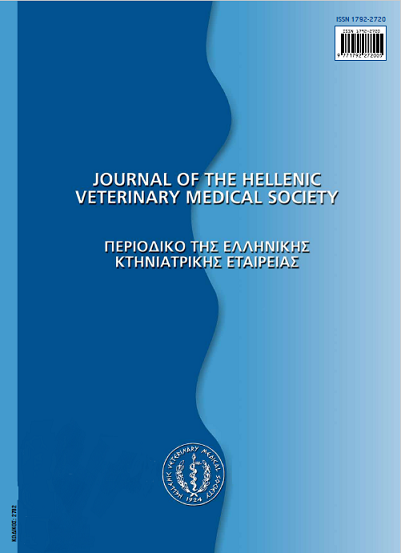Behaviour and production of fattening rabbits in colony cages, with and without environmental enrichment

Abstract
In intensive rabbit husbandry systems animals are usually housed in 2 place-cages without any kind of environmental enrichment. This system may induce stress due to boredom. To reduce stress, both colony cages and the presence of something to gnaw inside the cage may be useful. The aim of this research was to test the effect of environmental enrichment (presence of a piece of wood inside the cage) on performance and health of fattening rabbits, i.e. presence of body injuries. This trial has been carried out in a commercial farm, located in Northern of Italy (Piemonte region), during the summer of year 2002. The ventilation and the photoperiod were under natural conditions. Animals were housed in colony cages (12 cages, 8 animals per cage; cage size: 50x120x40 cm; density: 0.750 cm2 per animal) in semi plain-air conditions. Animals' behaviour was video-recorded during 72 hours (24 hours for 3 days) at 55, 70 and 83 days of age. The video recording covered 48 rabbits for each treatment: environmental enrichment and control group. Animals were weighted at 55, 70, 85 days; the carcass weight and yield were also analysed. Daily weight gain (49.6±2.7g vs 46.18±5.6g) and weight at slaughtering (2973.18±34.09g vs 2834.68±34.45g, P<0.01) were heavier in enriched cages than in control groups. The carcass yield was not different between the groups (62.2%); no injuries were detected on the carcass surface during the slaughter processing on both the environmental and control groups. In the first period (55 days of age) the enriched rabbits were more active than the control ones; in detail, the behaviours lying and lying stretched were significandy lower (P<0.001 and P<0.05, respectively). Furthermore, the enriched rabbits showed a trend to a better feeding activity, maybe linked to a total higher activity. In the second (70 days of age) and third period (83 days of age) the enriched rabbits showed higher feeding behaviour and caecotrophy levels (P<0.05). In the present research, the results show that to give rabbits a hanging wood from the cage ceiling may improve their biological functioning and increase their growth rate without deteriorate their health status. As regards the behaviour of rabbit caged, the results showed that the environmental enrichment might affect their behaviour and increase their welfare.
Article Details
- How to Cite
-
LUZI, E., MARTINO, P. A., & VERGA, M. (2017). Behaviour and production of fattening rabbits in colony cages, with and without environmental enrichment. Journal of the Hellenic Veterinary Medical Society, 56(4), 301–306. https://doi.org/10.12681/jhvms.15089
- Issue
- Vol. 56 No. 4 (2005)
- Section
- Research Articles
Authors who publish with this journal agree to the following terms:
· Authors retain copyright and grant the journal right of first publication with the work simultaneously licensed under a Creative Commons Attribution Non-Commercial License that allows others to share the work with an acknowledgement of the work's authorship and initial publication in this journal.
· Authors are able to enter into separate, additional contractual arrangements for the non-exclusive distribution of the journal's published version of the work (e.g. post it to an institutional repository or publish it in a book), with an acknowledgement of its initial publication in this journal.
· Authors are permitted and encouraged to post their work online (preferably in institutional repositories or on their website) prior to and during the submission process, as it can lead to productive exchanges, as well as earlier and greater citation of published work.


